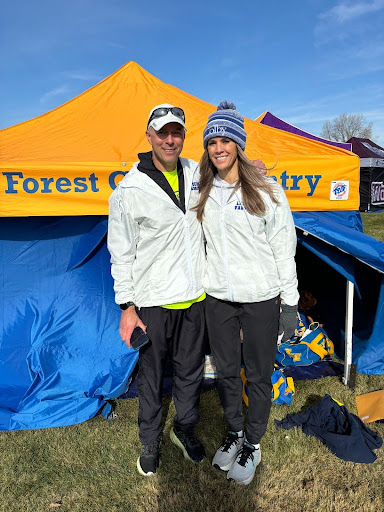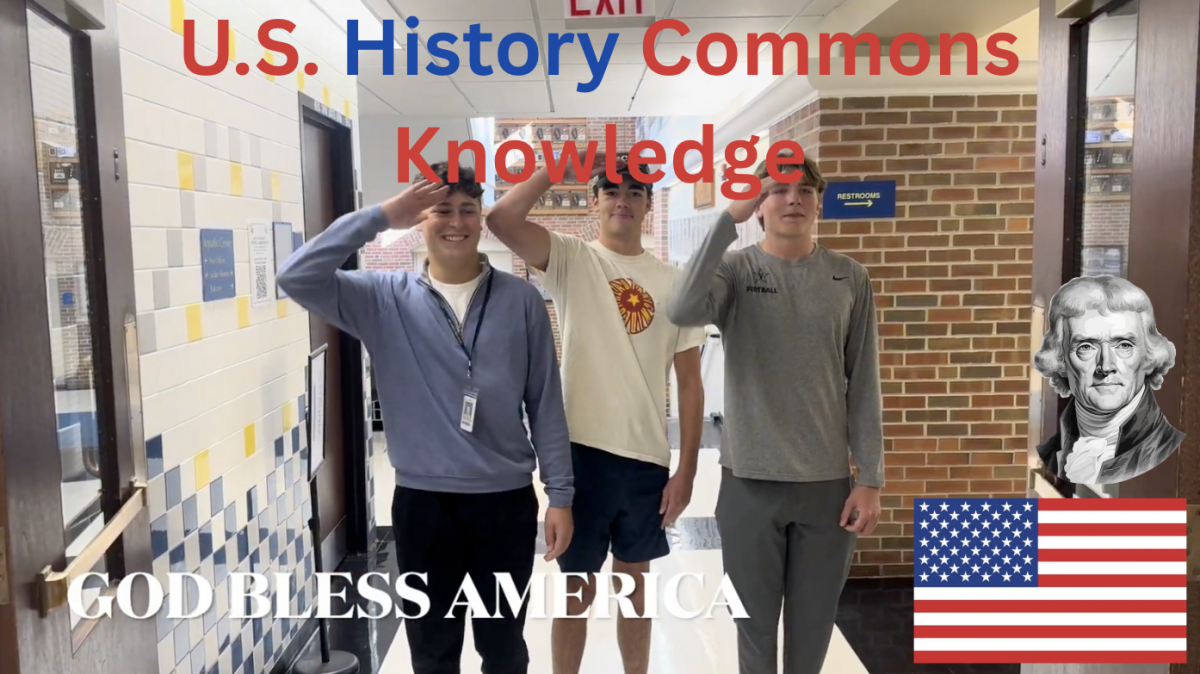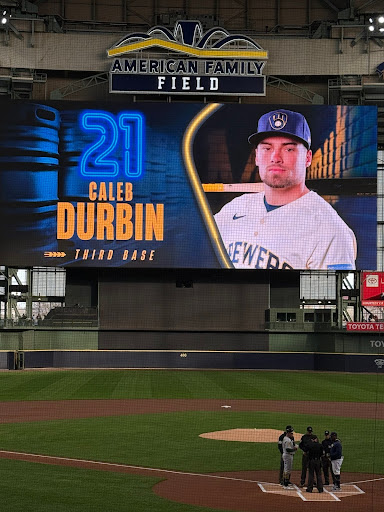The following was part of a submission for the NCTE Achievement Awards in Writing Contest 2017. Each year, the National Council of Teachers of English hosts a contest for current high school juniors who are nominated by the school’s English department. Contestants submit two pieces, a “best” piece and a themed piece, in February and recipients of the Certificate of Superior Writing are notified in May. The following essay was the themed (follow link to read the theme for this year) portion of a submission that received a Certificate of Superior Writing this year.
The bands of silver wrapped around her fingers wink under the fluorescent light of the desk lamp. Her nails, coated in a chipping layer of polish, resound in plasticky clicks against the keyboard as words pour from her fingertips. They pause for a beat as her mind whirs, circling around a sentence, a phrase, a way to wrest the image from her mind’s eye onto the screen in front of her. The cursor blinks, once, twice, and then her fingers scuttle across the keys once more. She is one person, for the most part alone in her thoughts, the blinking cursor and a can of cranberry LaCroix the only things keeping her company.
The words pour onto the screen amidst a symphony of clacks, a portrait of a person done in syntax and black text. Next to her lies a notebook, the right corner just beginning to curl, with notes jotted down in haphazard script. She references this frequently, trying to fit together the pieces of the story others have told her, filling in the gaps with prose. It is up to her, she knows, to capture the essence of this particular person in roughly 500 words–perhaps someone she has never even met. She is also aware of the clock, ticking steadily forward in the upper right corner of her screen. The pressure of the deadline just hours away begins to weigh on her hands, tugging her fingers back towards the keys. Her eyes are drawn to the center of the page, and once again the lines of text crawl steadily onward. In time, the flood of text slows to a trickle, and she sits back in her chair. She considers her piece with a tilt of her head, absently chewing on her right thumbnail. These words are hers, for now confined to the document in front of her, but soon they will be a part of something much greater. They are a part of the person it chronicles; they are a part of The Forest Scout and the way it reflects the newspaper; they are a part of the high school, the community, a written testament of the caliber of people it produces. Her brows knit as she considers the work for a few moments longer.
The cursor hovers over a flat blue box labeled “publish”. With a click, the piece is pushed out to the world. It is out of her hands, and the power she had while in command of the story now trickles through her fingers. It seeps across invisible connections, innocuously finding its way into people’s lives. A few Facebook shares, a school-wide email, the dull clacks of thumbnails against glass screens as people scroll through the piece on their phones; soon, the article and the words she’s chosen have saturated nearly every outlet the audience has. It is their choice, however mindless it may be, to give power to the words she wrote, to place a value on that story; those words mean nothing if they fall on deaf ears (or are never heard at all). And, though it is impossible to predict at the moment, how many “likes” or “shares” or “clicks” this particular article gets shapes the stories of the future.
The truth is, the voice of the journalist and the opinions of their audience are stuck in a never-ending tug of war for influence; the journalist gets to decide what people hear, but the audience chooses what they listen to. Even on the small scale that is being the editor of a local high school newspaper, she feels this tension, this drive to both produce content that will make people click on her stories, but also to write something meaningful, to make people think–which, considering her audience consists largely of indifferent adolescents, is no easy feat. To blow that up to a national, even global scale, to write pieces that will result in thousands of clicks and impact the lives of millions of people–the intertwined power and responsibility in the hands of that journalist is unimaginable. So, in order to keep both the journalist and their audience happy, a delicate balance of thought-provoking truth and inconsequential fluff must be struck.
All it takes is a glance through Facebook to see this confusing dynamic in action. What does it say when a compilation of Trump memes has more shares than an article from the New York Times on the effects of the new administration? It seems that, when faced with a seemingly infinite amount of news sources, the audience does not know who to believe. And, furthermore, in such a divisive society they are afraid of the power of their opinions, the power of words in general–even if they’re not their own. So they resort to the surface-level news that equates to the path of least resistance. The audience reshares questionnaires that tell them which fast food chain they are, or upbeat videos of a triple-decker Oreo cheesecake being made in the span of three minutes. There is, of course, a time and place for light-hearted, feel-good stories, for videos of baby pandas and Buzzfeed quizzes. The problem comes when that’s all they listen to, when it becomes a means of evading both truth and responsibility. What the audience shares, or retweets, or tags someone in is a reflection of what they believe, and that is not something to be afraid of. Rather, as an audience and as journalists in their own right, they should find comfort in the power that they have. The audience has the ability to hold journalists accountable for what is being said, and to determine which side of the story is the one they support. The relationship between journalist and audience is essentially two sides of the same coin.
The weight does not rest on her shoulders alone, she realizes slowly. The (albeit self-imposed) pressure to write something purposeful and eloquent and relevant, which has manifested itself as a tight knot in the pit of her stomach, begins to unravel. The burden of influence she carries as a journalist, the weighty responsibility she has to her audience, is abated by the cognizance that the audience bears as much power and obligation to her as she does to them. As she finishes off the LaCroix, she closes out of her browser with a click; in doing so, she momentarily relinquishes the power she held as a journalist. For now, she is content to pick up her phone and, with just a few taps, log into a network of shared opinions and interests and words; in short, she becomes a part of her audience.







